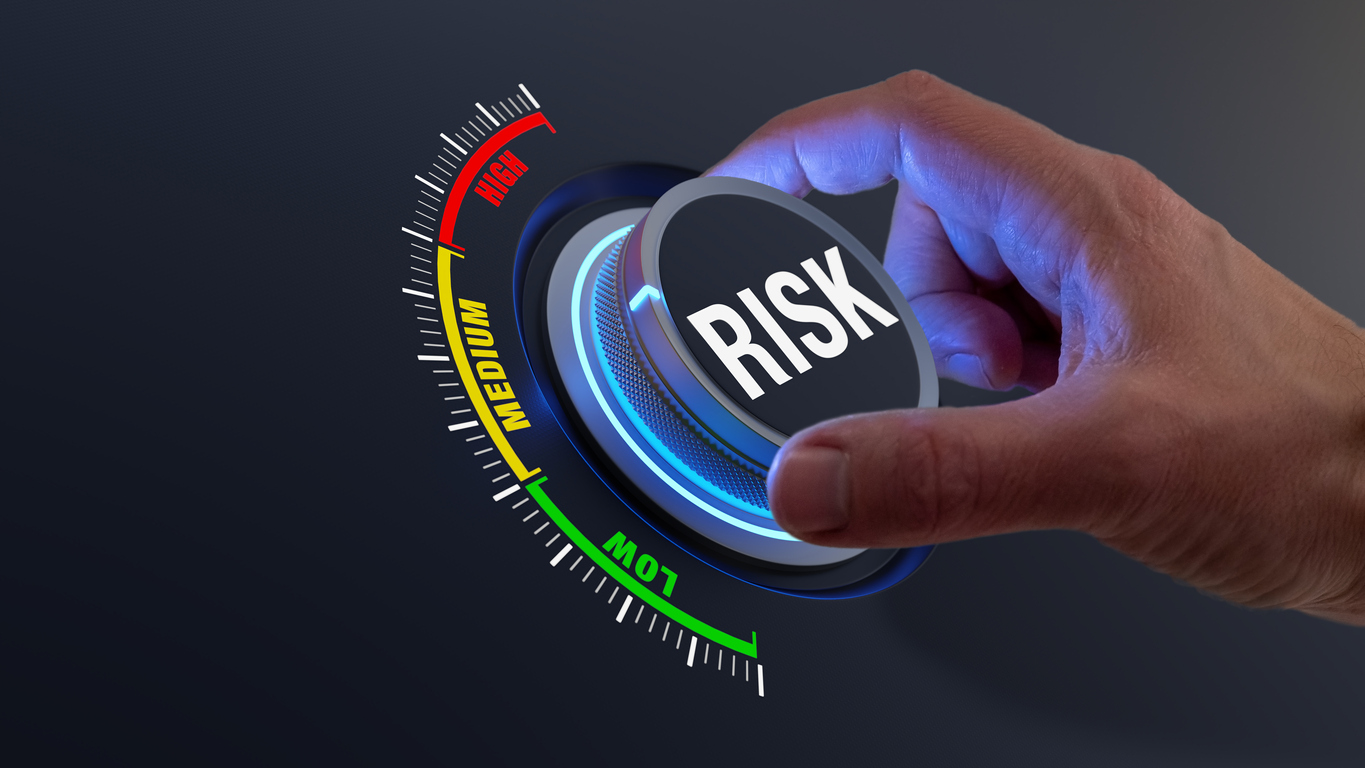
While the frequency of cybercrime continues to rise, it would seem that the number of businesses properly equipped for defending against these crimes decreases. Without the proper cybersecurity defense tools, how are businesses supposed to defend the phishing, ransomware, identity theft or fraud-based attacks? As these crimes have seen an increase of nearly 600% since March 2020, preparation is imperative.
One of the major web-based attacks to defend against is known as malware or ransomware. As mentioned previously, without proper investment into protection tools, any company is liable to become compromised by these attacks. Some defense investments scale all the way up to $2.5 million dollars. Despite these investments, many organizations will still face some form of attack.
With such deep investments, what causes the additional vulnerability? Information technology professionals on staff report that their companies remain vulnerable to ransomware and other targeted attacks due to social engineering efforts from criminals, despite their security investments. Rather than questioning vulnerability, what more can organizations do internally to be prepared for the various attacks they face?
Most importantly, organizations must do everything they can defend high-level executives from these attacks. When an organization is targeted, their executives are priority number one as the clearance and access to an organization’s most sensitive data is often tied to their accounts. One password slip and an entire organization can come crumbling down. This is why it’s imperative that executives are the most protected in terms of an organization’s cybersecurity investments.
When considering how to protect any organizations’ executives, the first step is always an evaluation of the executive’s online presence. This means identifying which platforms they have social media profiles on, how many professional networking accounts they’ve created, or even scouring the web for archived blog pages or posts that contain valuable information for attackers. Eliminating this information from the source can be tricky but will often keep executives most safe. It won’t make a meaningful enough difference unless executives are educated regarding these attacks, though.
As previously mentioned, even the most intensive security measures are going to fail if executives keep biting the bait. While it’s possible for some of the most technology-oriented individuals to look past a phishing e-mail or scam every once and awhile, failure to identify these messages can lead to some dangerous scenarios. Executives must be able to read between the lines and see through the tells or signs that will identify these attacks. Through rigorous scans of incoming mail, executives will learn to avoid senders not in their contact list, especially if they’re sharing questionable links.
Unfortunately there isn’t a one-size-fits-all solution to cybersecurity. For additional information centered around strategies that may protect your executives, take a moment to check out the infographic paired alongside this post. Courtesy of Cancom Global Security.






